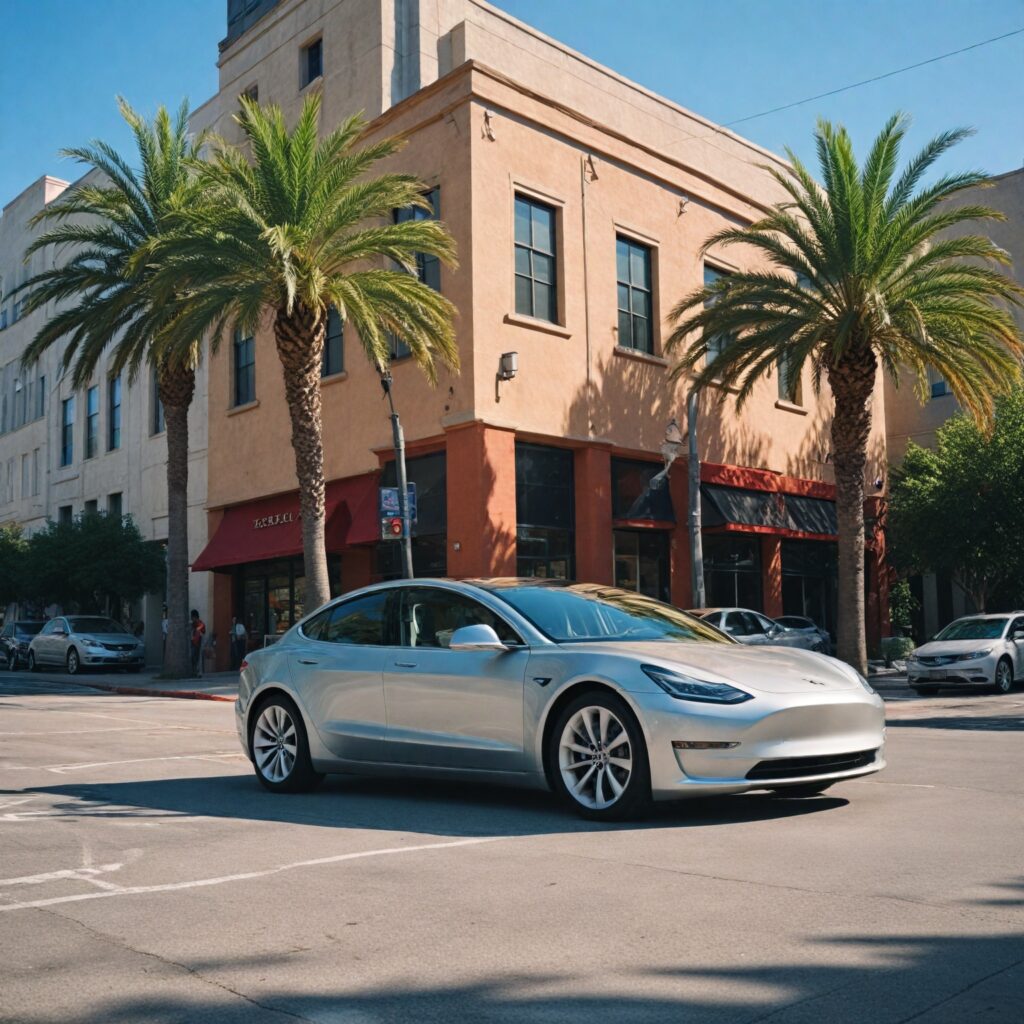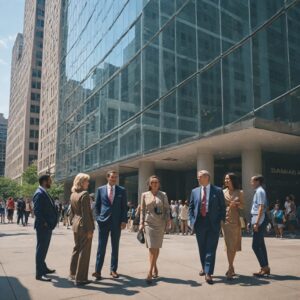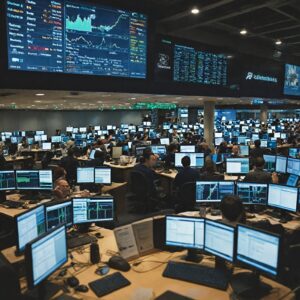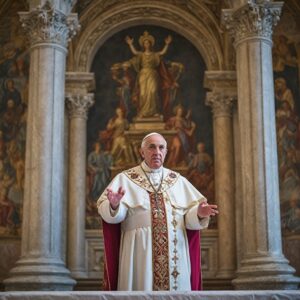
Highlights:
– Tesla confirms plan for robotaxis in Austin, Texas by end of June
– Waymo already operating driverless ride-hailing services
– Elon Musk commits to leading Tesla for the next five years
Introduction:
Tesla’s Robotaxis: Revolutionizing Self-Driving Car Technology
Tesla CEO Elon Musk’s recent announcement confirming the deployment of robotaxis in Austin, Texas, marks a significant milestone in the realm of autonomous vehicles. Musk’s ambitious goal to bring self-driving cars to the streets has sparked curiosity and excitement among investors, customers, and technology enthusiasts worldwide. The highly-anticipated rollout of Tesla’s robotaxi service signifies a crucial step towards revolutionizing the transportation industry and shaping the future of mobility.
Self-driving technology has long been a focal point for Tesla, with Musk reiterating his commitment to delivering a vehicle capable of autonomous operation without human intervention. The upcoming launch of robotaxis in Austin represents a pivotal moment that could potentially redefine how people commute and interact with transportation systems. As Tesla takes the lead in advancing autonomous driving capabilities, the spotlight now shines on the implications and possibilities that this innovative technology brings to the forefront.
Exploring Tesla’s Autonomous Vision
Elon Musk’s vision for Tesla’s robotaxis goes beyond mere automation; it encompasses a transformative shift in how we perceive and utilize transportation services. With plans to initially introduce a fleet of 10 vehicles in Austin, Tesla aims to gradually scale up its robotaxi operations based on the success and safety of the pilot phase. Emphasizing the importance of a cautious approach, Musk highlights the significance of starting small to validate the efficacy and reliability of the self-driving technology before expanding operations.
Setting itself apart from competitors like Alphabet’s Waymo, Tesla’s approach to autonomous driving leans heavily on artificial intelligence, neural networks, and cameras, eschewing traditional expensive sensors like lidar and radar. Musk’s emphasis on leveraging cutting-edge technology to enable safe and efficient self-driving capabilities underscores Tesla’s commitment to innovation and pushing boundaries in the automotive industry. As Tesla navigates the complexities of rolling out a nationwide fleet of robotaxis, the stakes are high, with implications extending beyond technological advancements to societal, regulatory, and economic arenas.
Implications and Future Outlook
The advent of Tesla’s robotaxis not only raises questions about the viability and safety of self-driving vehicles but also prompts discussions around regulatory frameworks, public acceptance, and ethical considerations. As Tesla’s foray into autonomous driving gains momentum, challenges related to infrastructure readiness, cybersecurity, and liability responsibilities come to the fore, necessitating a comprehensive approach to navigating the evolving landscape of self-driving technology. Moreover, with Musk’s substantial influence in the tech and automotive sectors, his strategic decisions and policy advocacy carry considerable weight in shaping the trajectory of autonomous mobility.
The convergence of cutting-edge technology, regulatory dynamics, and consumer behavior sets the stage for a transformative era in transportation, with Tesla at the helm of innovation. As Tesla’s robotaxis prepare to hit the streets of Austin and beyond, the implications of self-driving technology reverberate across industries, signaling a paradigm shift in how we envision and engage with future modes of transport. The journey towards fully autonomous vehicles is rife with challenges and opportunities, prompting stakeholders to grapple with complex questions surrounding safety, ethics, and the societal impact of an increasingly automated world.
In conclusion, Tesla’s bold foray into the realm of autonomous driving with its robotaxi service signifies a watershed moment in the evolution of transportation. As Elon Musk leads the charge in revolutionizing self-driving technology, the road ahead is paved with promise, potential, and pivotal decisions that will shape the future of mobility. How will Tesla’s robotaxis impact urban mobility patterns and city planning strategies? What ethical considerations should be prioritized in the development and deployment of autonomous vehicles? How can regulatory frameworks adapt to accommodate the proliferation of self-driving technologies while ensuring public safety and trust in autonomous systems?
Editorial content by Sierra Knightley



















